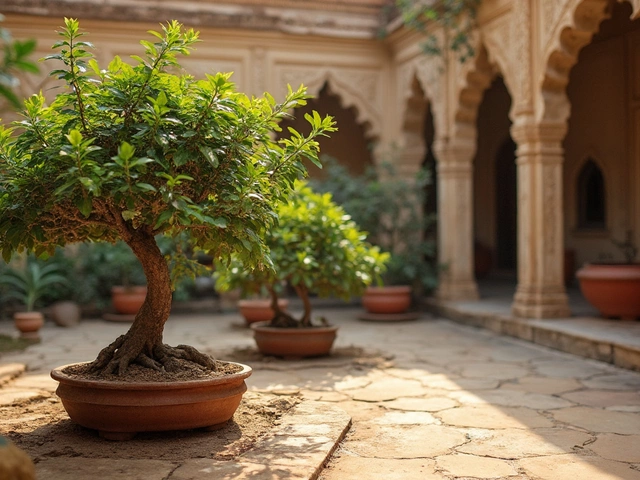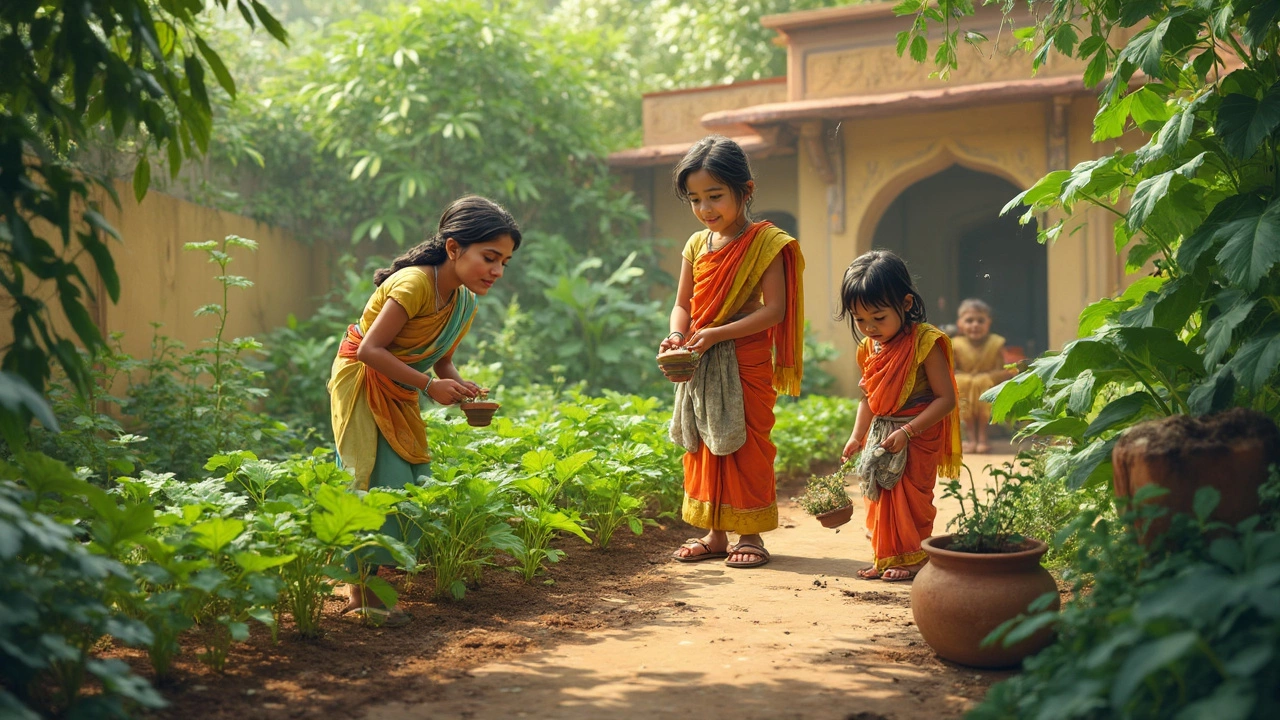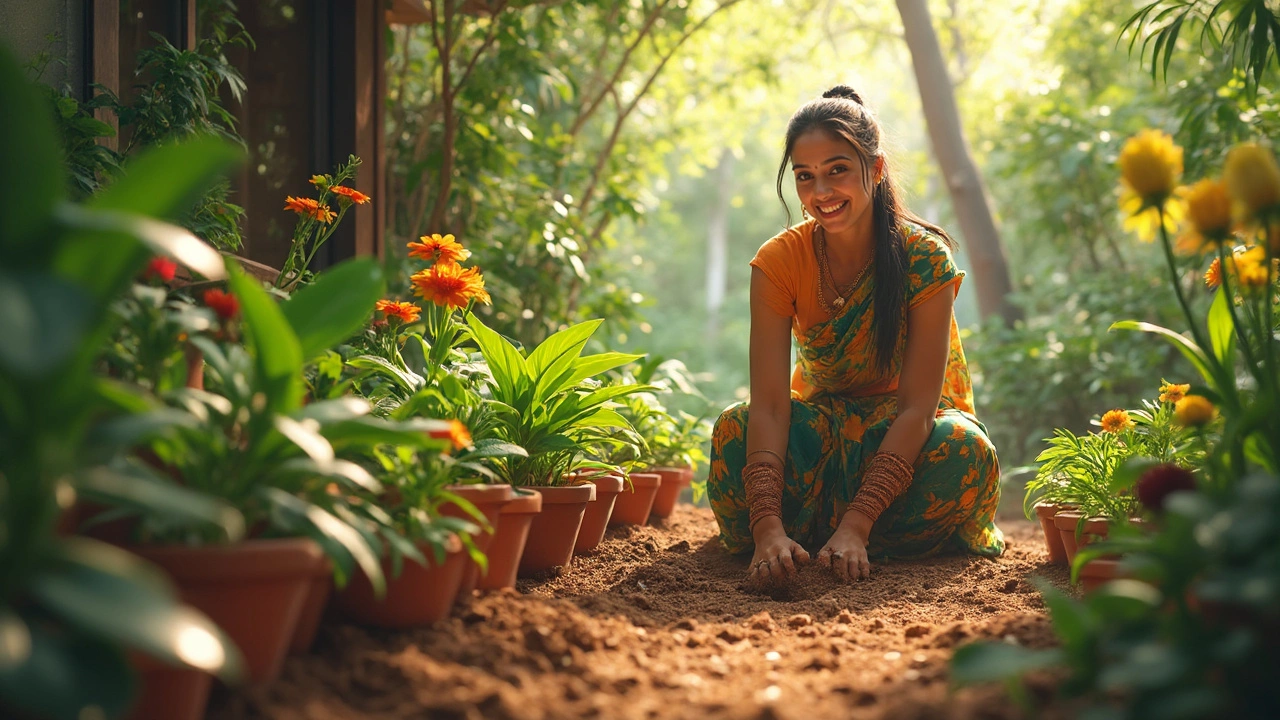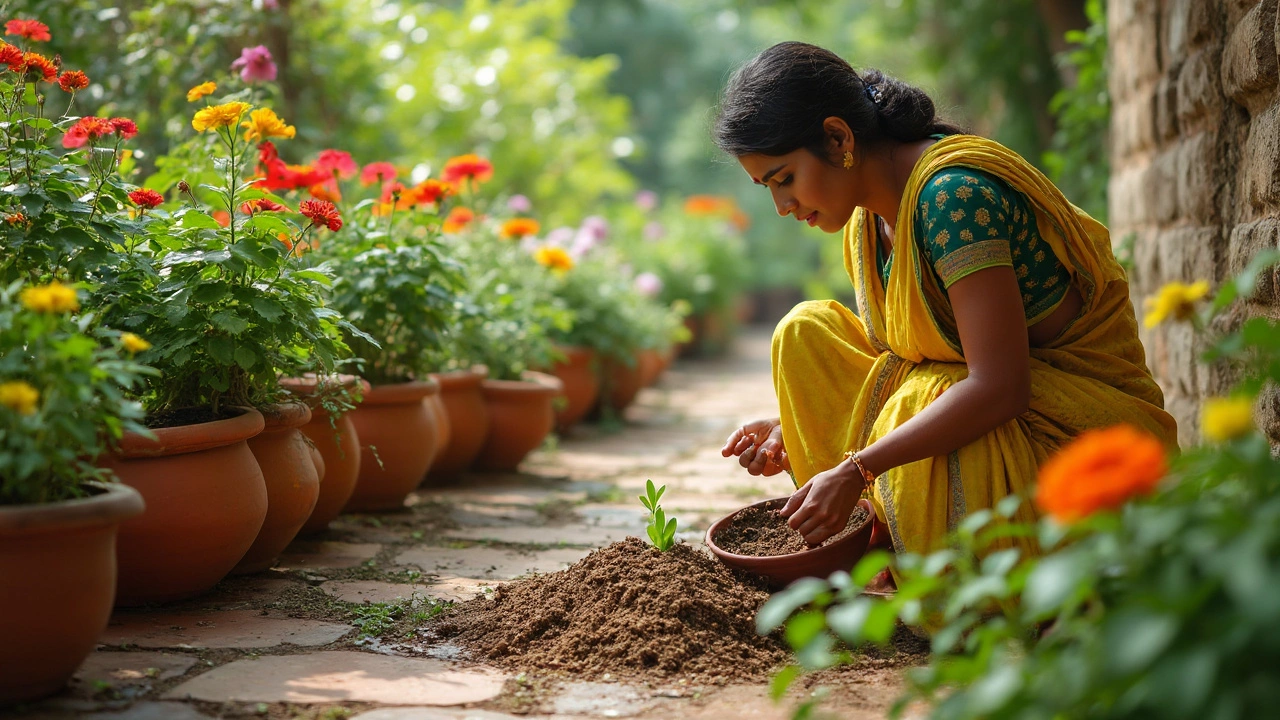Eco-Friendly Gardening: Simple Steps for a Greener Indian Garden
Want a garden that looks great and hurts the planet less? You don’t need a fancy degree – just a few smart habits that work for India’s climate. Below are the most useful tricks you can start today, from saving water to turning kitchen waste into garden gold.
Save Water with Smart Irrigation
India’s summers can be brutal, so every drop counts. Drip irrigation is the gold standard because it delivers water right to the root zone, cutting waste by up to 60 %. If you’re wondering how deep to bury the drip lines, aim for 2‑3 inches in light soil and 4‑6 inches in heavier clay – that’s enough to protect the tubing and still let water soak down where plants need it.
Not sure whether to pick drip tape or a drip line? Drip tape is thin and cheap – perfect for raised beds and vegetable rows. Drip line is bulkier and lasts longer, ideal for orchards or larger plots. Choose based on the size of your garden and your budget, then set the emitters 12‑18 inches apart for even coverage.
Build Healthy Soil Naturally
Heavy, compacted soil is a silent killer. Lighten it up by mixing in a 1:1 ratio of compost and coarse sand. Compost adds microbes that break down organic matter, while sand improves drainage. If you’re short on sand, add shredded newspaper or sawdust – they act like tiny air pockets for roots.
Speaking of compost, kitchen scraps are a treasure chest. Fruit peels, vegetable trimmings, and even coffee grounds (but not for plants that hate them, like blueberries) decompose quickly and enrich the soil with nitrogen. Just avoid adding too much citrus or salty leftovers.
Companion planting, or “sister plants”, also boosts soil health. Pair nitrogen‑fixing beans with heavy feeders like cabbage, and you’ll see greener leaves without extra fertilizer.
For those who love zero‑waste cooking, try the “zero‑waste fruits” trick: use edible skins and seeds in smoothies or teas. It reduces kitchen trash and adds extra nutrients back into your garden when you compost them.
When pests show up, reach for natural solutions first. Neem oil, garlic spray, or a simple dish soap mix can keep aphids and mites at bay. If you need a stronger barrier, plant pest‑repelling herbs like mint, rosemary, and marigold around vulnerable crops.
Finally, think about the plants you choose. Native species need less water and fewer chemicals because they’re already adapted to local conditions. A few native grasses, Indian lilac, or flame of the forest can become the backbone of a low‑maintenance, wildlife‑friendly yard.
Putting these ideas together creates a garden that thrives while using less water, fewer chemicals, and less waste. Start with one change – maybe burying your drip lines a little deeper – and watch the benefits grow. Your garden, your wallet, and the planet will all thank you.
Most Sustainable Vegetable to Grow: What Actually Wins?
Trying to grow your own food but want to make the most eco-friendly choice? This article breaks down which vegetable tops the list for sustainability, from how much water and space it needs, to how tough it is against pests. You'll get straightforward advice, fun facts, and simple tips that actually make a difference. Find out how your home garden can leave a lighter mark on the planet. Make your next crop count for both you and the earth.
Most Sustainable Plant in the World: A Real Game-Changer for Your Garden
If you want to make your garden eco-friendly, picking the most sustainable plant matters a lot. This article takes a close look at bamboo, which outshines other plants when it comes to growth speed, carbon capture, and versatility. You'll get practical tips on how to add bamboo to your garden without headaches. Find out why bamboo could be the perfect fit for anyone aiming for more sustainable gardening.
Natural Alternatives to Perlite in Your Garden
While perlite is popular for soil drainage, there are natural alternatives that are eco-friendly and readily available to gardeners. This article explores various substitutes like sand, rice hulls, and pine fines that enhance soil structure and retain moisture effectively. Learn how these materials can benefit your plants without the environmental impact of mining perlite. Discover practical tips on using these alternatives to create optimal soil conditions for a thriving garden.
Smart Strategies for Sustainable Gardening
Smart gardening isn't just about having a green thumb; it's about cultivating your garden in a way that's good for both plants and the planet. From zero-waste composting to water-saving techniques, learn how to implement strategies that save resources and support biodiversity. With practical tips for all levels of gardeners, you'll find new and innovative ways to make your green space thrive sustainably. Join the movement towards a healthier Earth—one garden at a time.
About
Sustainable Gardening, Soil Improvement
Latest Posts
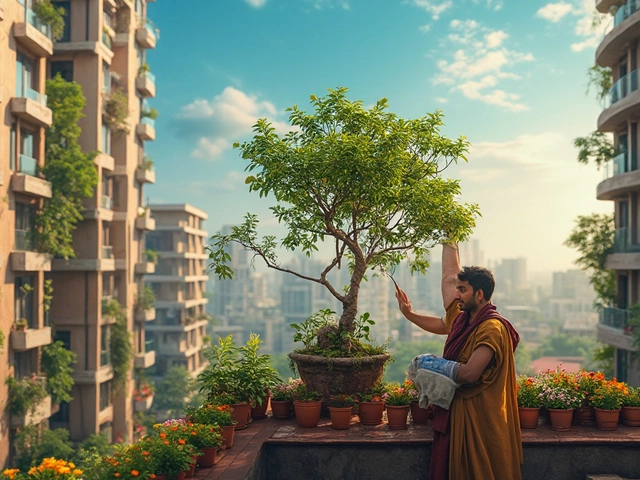
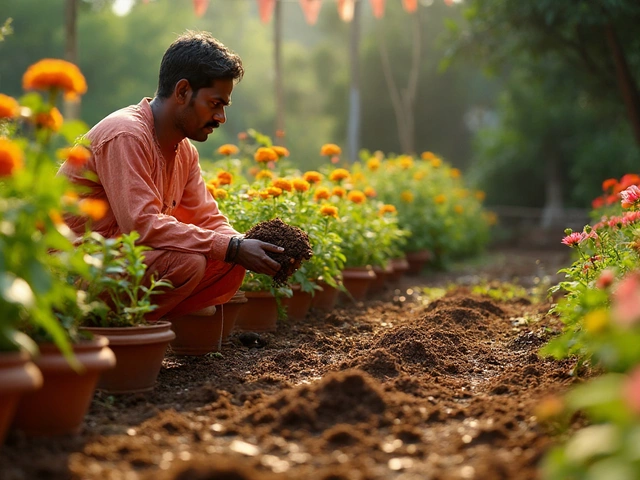
Plants That Hate Coffee Grounds: What Not to Feed Your Garden
By Alden Thorne Aug 4, 2025
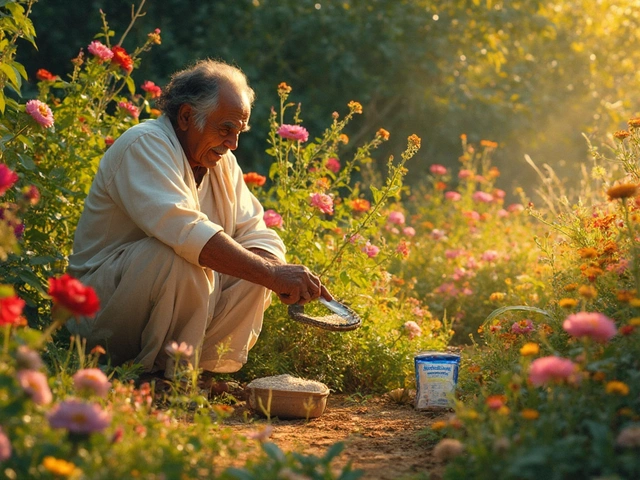
Epsom Salt Uses for Plants: Boost Your Green Thumb
By Alden Thorne Feb 7, 2025
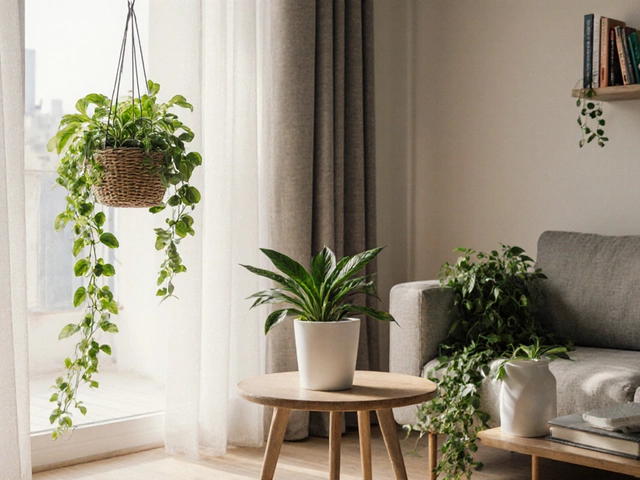
Top Easy Houseplants for Beginners - Low‑Maintenance Indoor Greens
By Alden Thorne Oct 7, 2025
